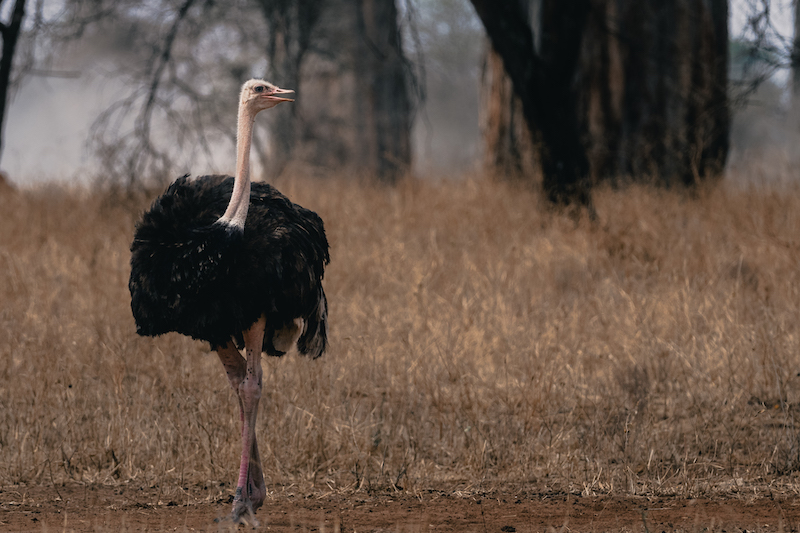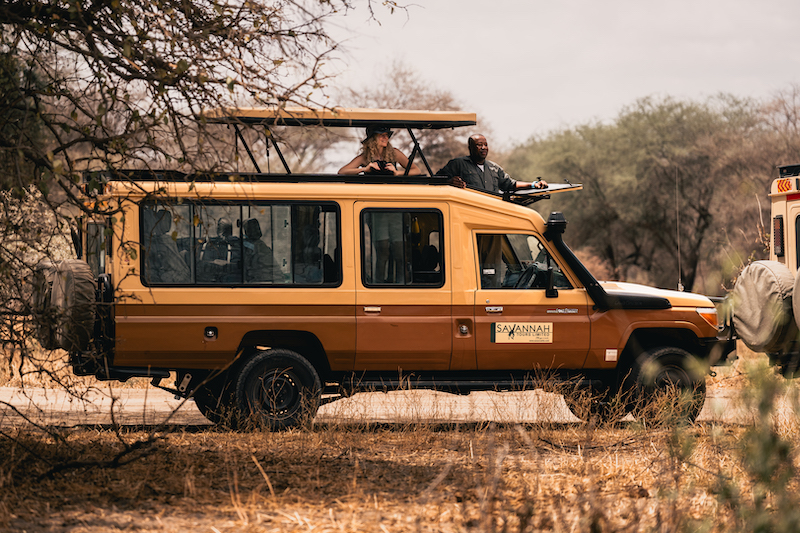- +255 784 331 662
- info@savannahtz.co.tz
- Plot no. 62 Usa River, Arusha, Tanzania
formerly known as
Selous Game Reserve
Nyerere National Park
Nyerere National Park, formerly known as Selous Game Reserve, is the largest national park in Africa and one of Tanzania’s most significant conservation areas. Here are the factors that contribute to its vast size:
- Size and Landscape: Nyerere National Park covers an extensive area of approximately 30,000 square kilometers (11,583 square miles). Its vastness surpasses other national parks in Africa, making it the largest. The park encompasses diverse landscapes, including savannahs, woodlands, wetlands, rivers, and lakes, creating a varied and expansive wilderness.
- Wildlife Abundance: Nyerere National Park is renowned for its exceptional wildlife populations. It is home to a wide range of animal species, including elephants, lions, giraffes, zebras, hippos, crocodiles, and a remarkable variety of birdlife. The large size of the park provides ample space and habitats to support thriving wildlife populations.
- Ecological Importance: The park is located in the Selous Ecosystem, which is recognized as a UNESCO World Heritage Site due to its ecological significance. The diverse habitats found within the park, such as the Rufiji River, floodplains, and Miombo woodlands, support a complex and interconnected ecosystem that plays a vital role in maintaining biodiversity.


- Conservation Status: Nyerere National Park is primarily designated for conservation purposes. Its vast size allows for the protection of large, intact ecosystems, ensuring the preservation of key wildlife habitats and migration corridors. The park serves as a refuge for endangered species and supports ongoing conservation efforts.
- Sustainable Tourism: The park provides opportunities for responsible wildlife tourism, including game drives, boat safaris, walking safaris, and fly camping experiences. These activities enable visitors to explore the vast wilderness and encounter the incredible biodiversity while contributing to the park’s conservation and local communities’ well-being.
- Remote and Untouched Wilderness: Due to its immense size and limited tourism infrastructure, Nyerere National Park offers a sense of untouched and remote wilderness. Visitors can experience a genuine and pristine African safari experience with fewer crowds, enhancing the feeling of being immersed in the natural environment.
- Cultural Heritage: In addition to its natural wonders, Nyerere National Park has cultural significance. It is inhabited by indigenous communities, including the Gogo and Maasai people, who have maintained their traditional ways of life and coexist with wildlife. Visitors have the opportunity to engage with these communities and learn about their cultures and customs.
- Accessible Location: Despite its vast size, Nyerere National Park is relatively accessible. It is located in southern Tanzania, with various entry points and nearby transportation hubs such as Dar es Salaam. This accessibility makes it feasible for travelers to visit and explore the park’s vast wilderness.
These factors contribute to Nyerere National Park’s status as the largest national park in Africa and highlight its significance as a crucial conservation area, rich in biodiversity, and offering unparalleled wildlife experiences.

